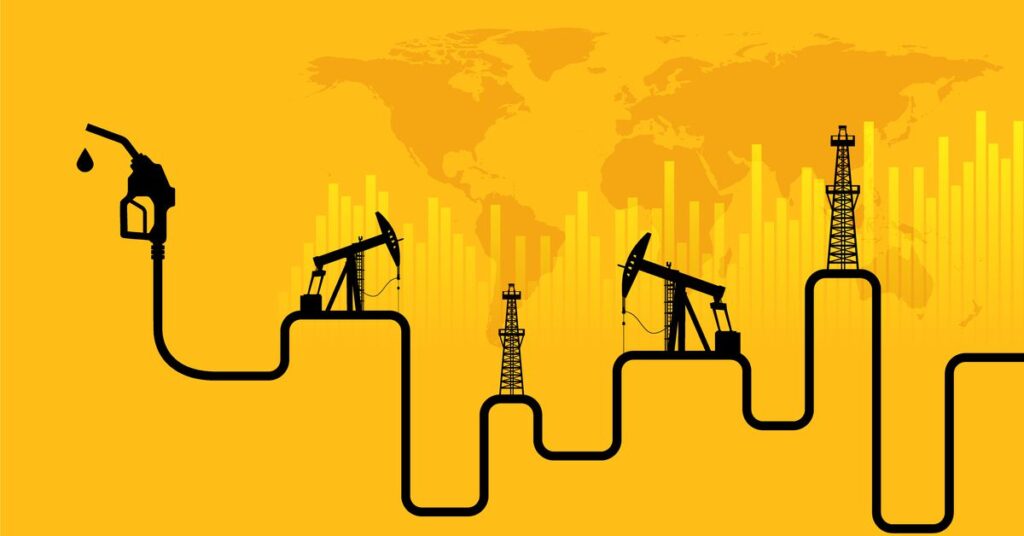Several of the world’s biggest oil producers say they are cutting production, and that means oil prices are higher. It’s probably not ideal for gas prices, inflation, and consumers, but it’s also not the worst. That is the TL;DR of what is happening on oil right now.
On Sunday, OPEC+, meaning the Organization of Petroleum Exporting Countries (OPEC), and its allies, the plus sign, announced it would cut production by over 1 million barrels of crude oil a day. For some context, there are about 100 million barrels of oil produced worldwide each day, so this is about 1 percent of the global supply.
The unexpected move, spearheaded by Saudi Arabia and Russia, sent oil prices higher, the intended outcome. The per-barrel price of Brent crude oil, an international benchmark, and West Texas Intermediate (WTI), a United States benchmark, subsequently rose above $80. Prior to this, oil prices were in the $60 and $70 range. OPEC+ had already cut production by 2 million barrels a day in October 2022.
“This is a big deal, and it is a big surprise,” said Tom Kloza, global head of energy analysis at the Oil Price Information Service. Oil analysts have been “bored stiff” for much of the year so far, he explained, awaiting developments such as China’s post-pandemic reopening and the potential dwindling of Russian oil, which were expected to move markets later this year. “By doing what they’re doing or pledging to do, OPEC+ is essentially moving the timeline up.”
As for what it means for your pocketbook, the answer, for now, is probably not too much. Gas prices could go up some, but they probably won’t hit where they were in 2022. “It’s not something for people to be that concerned about,” said Jay Hatfield at Infrastructure Capital Advisors. “It’s not wonderful, but it’s not the end of the world.” And hey, if you are an Exxon investor,…
Read the full article here





